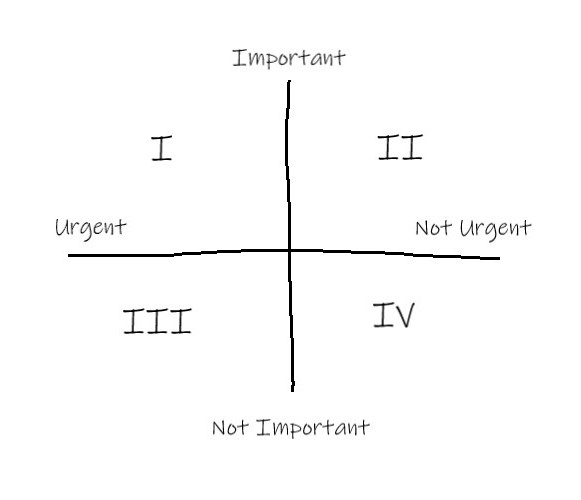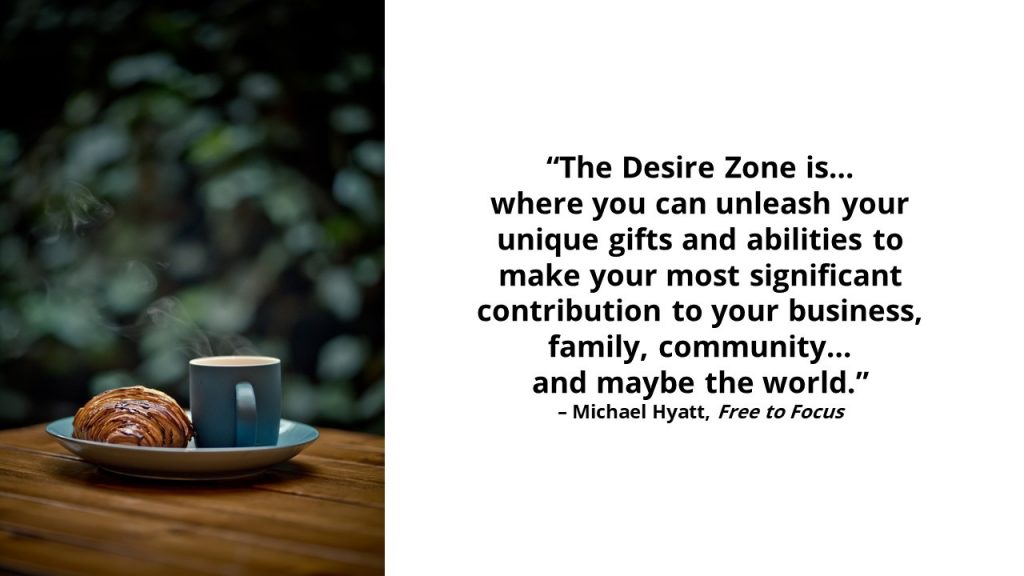The envelope method worked for budgeting the week’s expenses for generations. The income for the week was budgeted for various needs, ensuring the most important expenses were covered. What if we apply that concept to our self-growth?
The envelope method for financial budgeting is straightforward. A stack of envelopes were labeled with the various expenses for the month. For example, utilities, housing, savings, food, charity, big vacation, mad money/fun. All expenses were covered. On payday, the paycheck was divided amongst the envelopes in pre-determined amounts, in a pre-determined order. An amount equal to a quarter of the monthly utility bills went into the utilities envelope, and a quarter of the monthly mortgage/rent payment went into the housing envelope. Other amounts or percentages went into the remaining envelopes.
If income was steady, there would be a fixed amount to contribute to the mad money/fun envelope, but if income fluctuated, so did the amount in this envelope.
What does a system like this guarantee? It guarantees the roof stays overhead and the lights stay on. If the budgeter found there was a pattern of not having enough for some envelopes, then efficiencies needed to be found. Perhaps more coupons could be used for food purchases, or bills renegotiated (think cable and phone). Or perhaps the budgeter would take advantage of a budget rate from the utilities so the bills were fixed for 11 months of the year (in the 12th month the bill is adjusted to make up for the excess or shortfall of the budgeted amount versus actual use).
A self-agreement had to be in place that you couldn’t steal from an envelope. Once the money was in the utilities envelope, it could only go to pay utilities. This takes discipline, but is a system that guarantees what’s important gets taken care of.
Let’s apply the envelope method to our self-growth and self-care, our Q2 activities. Take a look at your calendar. Have you set aside time for self-growth, self-care, working on your goals or building relationships?
“What gets scheduled gets done.”
Michael Hyatt
Your calendar is your paycheck. The appointments on your calendar are your envelopes. I’m guessing you, like me, don’t have every hour of every day accounted for. Nor should we. We can, however, put some thought into how we use our time in order to grow into the person we want to become.
I’m all for thinking abundantly versus thinking with scarcity. I believe the pie isn’t fixed. For example, if you make more money that doesn’t mean someone else has to make less. The growth mindset depends on not looking at life as zero sum.
Except for time.
There are only 24 hours in a day. We can’t manufacture more time. We can only control how we allocate time for our activities.
Let’s quickly revisit the time management matrix in Stephen Covey’s 7 Habits of Highly Effective People:

Quadrant I is where we address the important and the urgent. This can be firefighting, and some urgent emails or text messages. If we have a very short due date for a project, we’ll be spending time in Quadrant I.
Quadrant III is where we address the urgent but the unimportant. Interruptions, some email, some (or most?) text messages may fall into this category.
Activities in Quadrants I and III are urgent, and we react. Something comes up all of a sudden, and we deal with it.
Quadrant IV is where unimportant and non-urgent activities occur. Busy work, time wasters, some fun stuff falls into this quadrant.
Quadrant II, is where important and non-urgent activities take place, and focuses on relationship building, visioning, recreation, and growth.
Reflect on how you are allocating your time (even if it’s not with intention).
| Approach 1: |
| Day – (Work + Q1 + Q3 + Q4) = Q2 |
| where: |
| Day = time we’re awake (get adequate Zzzz’s!) |
| Qx = time spent in Quadrant x |
| Work = time we’re at work/at our job |
I’m pretty sure most of us allocate our time via Approach 1. I have to go to work, I have to take care of urgent stuff, I need to keep up with social posts, texts, emails, and I need some time to unwind. If there is time left over I’ll work on Q2 stuff (reflection, visioning, goal-setting, self-development, exercise, etc.).
And, there’s never time left over.
I have heard more than one manager say they don’t have time for self-development or training.
For some, Q2 activities need to take a backseat to the urgent: a family member is ill and we need to care for them, for example. When taking care of a loved one is important to you, it takes priority and we can all understand that. In this situation you’re probably passing on Q3 and Q4 activities too.
Take an honest look at your days. Are you really in a situation like this? Is there some activity that is urgent and paramount that trumps activities in other quadrants? Or – might there be efficiencies we can gain and boundaries to set to be able to include Q2 activities?
A new formula
What if we change the equation a bit?
| Approach 2: |
| Day – (Work + Q2) = Q3 + Q4 |
What if we prioritize Q2 activities over Q3 and Q4 activities?
You may be thinking, my work schedule doesn’t allow me free time. My equation looks like:
| Approach 3 (yikes): |
| Day – Work = 0 |
Respectfully, I encourage you to examine if this needs to be true. Do you want to get to the end of your life only having done your career? It is possible you are on a really important mission, and the world is better off because of your work. Even so, taking some time to sharpen the saw, nurture relationships, and recharge, is going to help you carry out your mission.
Maybe our equation could even look like this:
| Approach 4: |
| Day – (Q2 + Work) = Q3 + Q4 |
Whoa. That’s right, I said it. It may be helpful to think of your envelopes this way in order to correct an imbalance with work hours. For example, I had a job where I was working late enough that I felt I didn’t have time to exercise, make a healthy dinner, and relax a bit before going to bed. I decided to sign up for a fitness class after work to “force” myself to leave. “Sorry! Gotta go – Zumba!” (Yah, I needed to do this so much my uncoordinated self signed up for a cardio “dance” class. Yikes!)
But it worked! I successfully put boundaries on my work hours AND got the exercise my body was craving. And I had time to cook the kind of dinner I wanted to cook. I put Q2 first, putting my class on the calendar and honoring my agreement with myself that I wasn’t going to steal from that time envelope.
What time envelopes do you need to create? If you make a shift, there will be a shift somewhere else. Your Netflix, Instagram, and facebook envelopes might get a little skinny because you’ve decided to spend an hour once a month with a coach, or 30 minutes a day reading a self-development book. Your work hours may need to be adjusted to make room for exercise. Or you may swap out a radio morning show for an audiobook.
Give it a try and let me know how it goes.
tl;dr
We can’t manufacture time, but we can decide how to allocate our time. If you don’t have time for Q2 activities, challenge yourself to examine your schedule and reprioritize if needed. When we acknowledge time is a fixed resource, we find ways to be more efficient and intentional.
engineer your life
- Reflect on how you’re allocating your time. Are you spending time in the Quadrants you want to spend time in?
- If adjustments are needed, start small. Make an actual appointment on your calendar and commit to keeping that appointment.

Photo by Ardalan hamedani on Unsplash